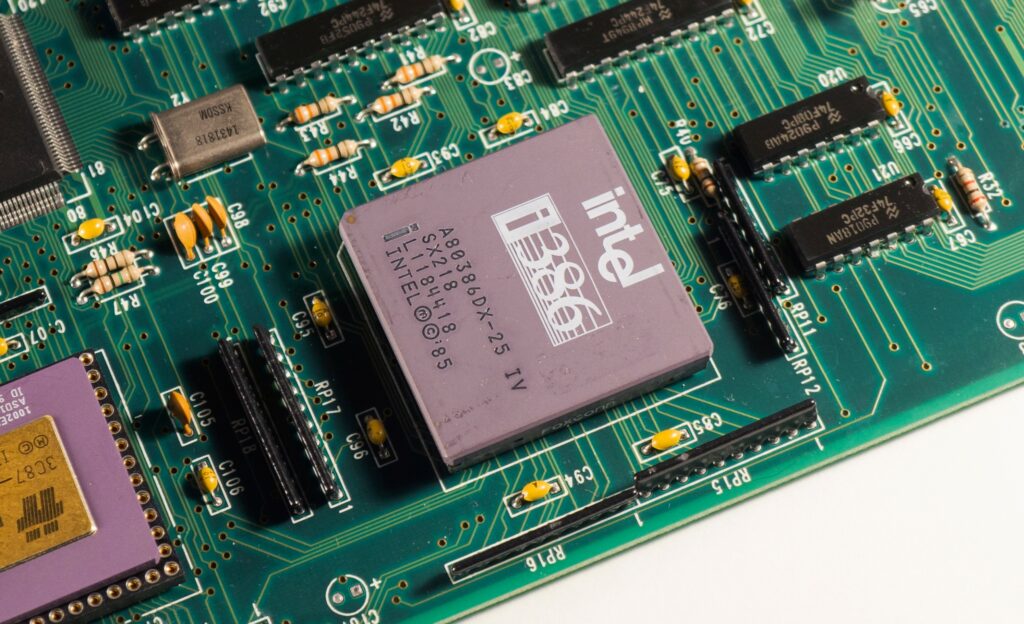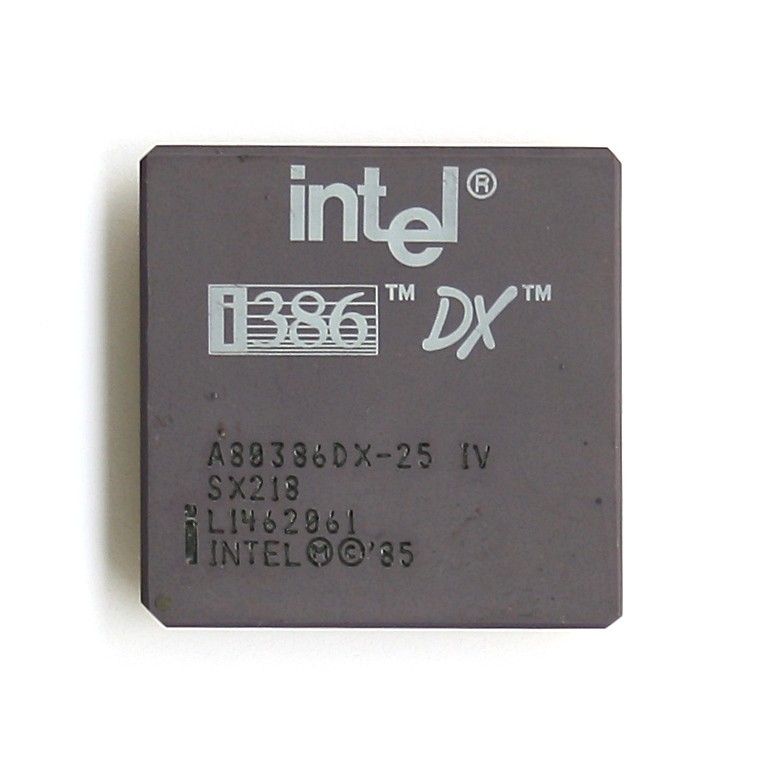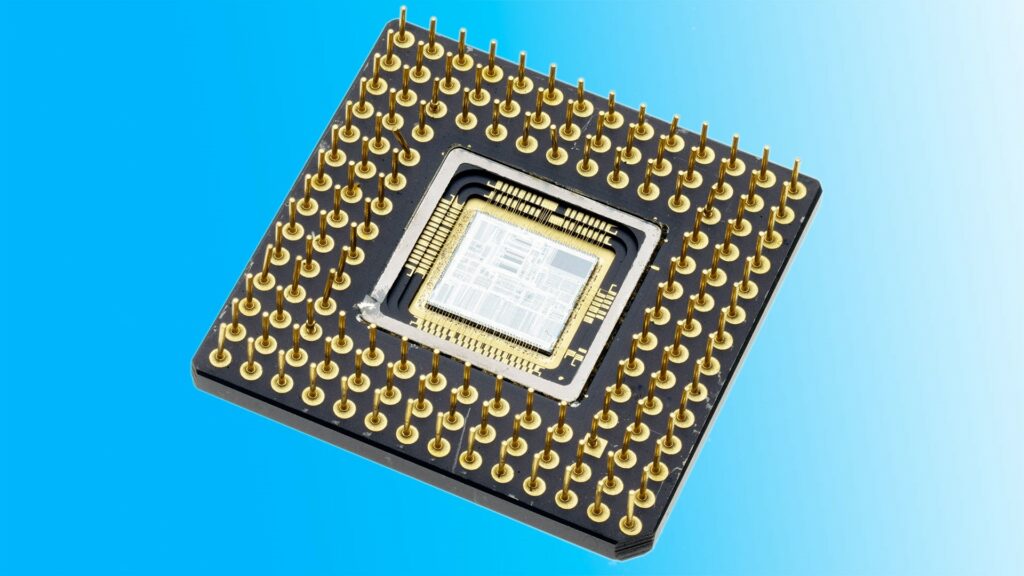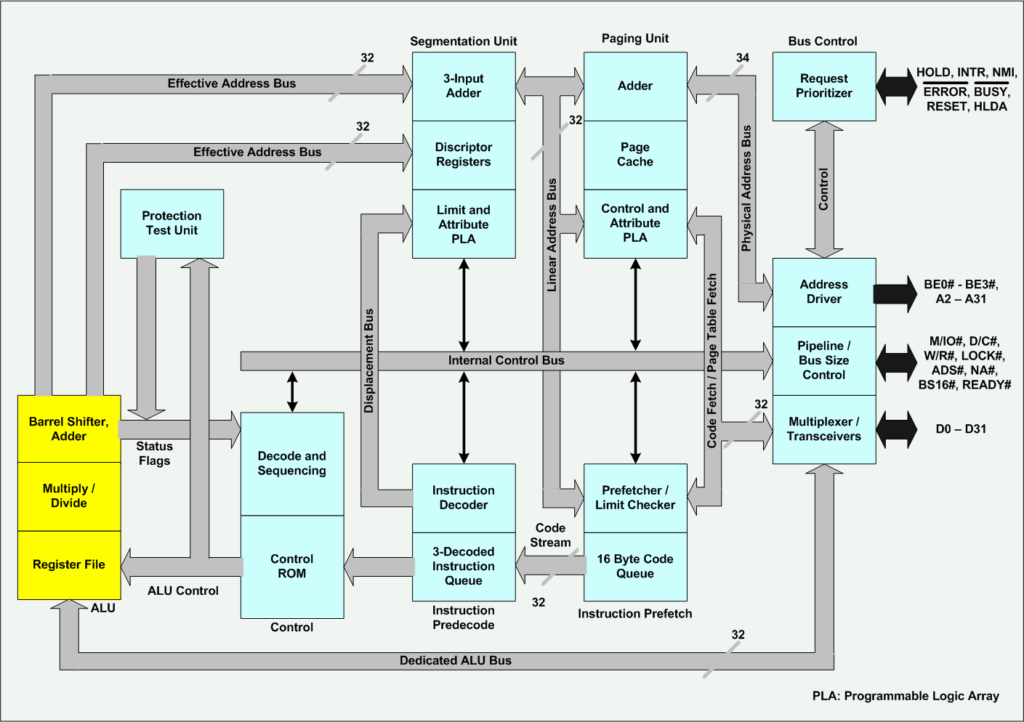
October 20, 2025, marks a significant anniversary in the history of computing: the Intel 80386 processor, also known as the i386 , celebrates its 40th birthday . And it’s a big birthday!
Launched in October 1985, it represented a huge turning point in personal computer technology, introducing 32-bit architecture to the PC world for the first time.
Developed on a 1-micron manufacturing process , the chip integrated 275,000 transistors and reached a maximum frequency of 16 MHz , supporting up to 4 GB of memory . In addition to higher performance, the 386 introduced the IA-32 instruction set , protected mode , virtual 8086 mode , and hardware paging , technologies that laid the foundation for multitasking and virtual memory on x86 systems.

Although Intel introduced the processor in 1985, it was Compaq —not IBM—that brought it to market first. In September 1986 , the company launched the Deskpro i386 , selling for $6,499 , nearly a year before IBM introduced similar models.
Compaq had collaborated directly with Intel during the chip’s development, gaining early access to prototypes and helping define a new phase for the industry: one in which Intel focused on producing microprocessors and OEMs on building complete computers.

Architecturally, the 386 marked a decisive generational leap. Thanks to protected mode and hardware paging , it became possible to run multiple applications simultaneously without interference, paving the way for the first multitasking systems.
Microsoft took advantage of these capabilities as early as the 386 development kits , which included a demonstration program that could run multiple DOS sessions in parallel . These innovations flowed into the “386 Enhanced Mode” of Windows 3.0 , released in 1990, which enabled truly modern PC use for the first time.

The Linux kernel was born on the 386-AT platform, and maintained compatibility with this architecture for over twenty years. Only in 2012 was support for the 386 completely removed from the kernel, a testament to its longevity.
Although its successor, the Intel 80486 , was introduced in 1989 , production of the 386 continued until 2007 , a sign of its technical solidity that allowed its use in numerous environments, from emulators to virtual machines .
Forty years after its debut, the legacy of the Intel 80386 remains tangible: many of its architectural innovations continue to form the foundation of modern personal computing.
Follow us on Google News to receive daily updates on cybersecurity. Contact us if you would like to report news, insights or content for publication.
